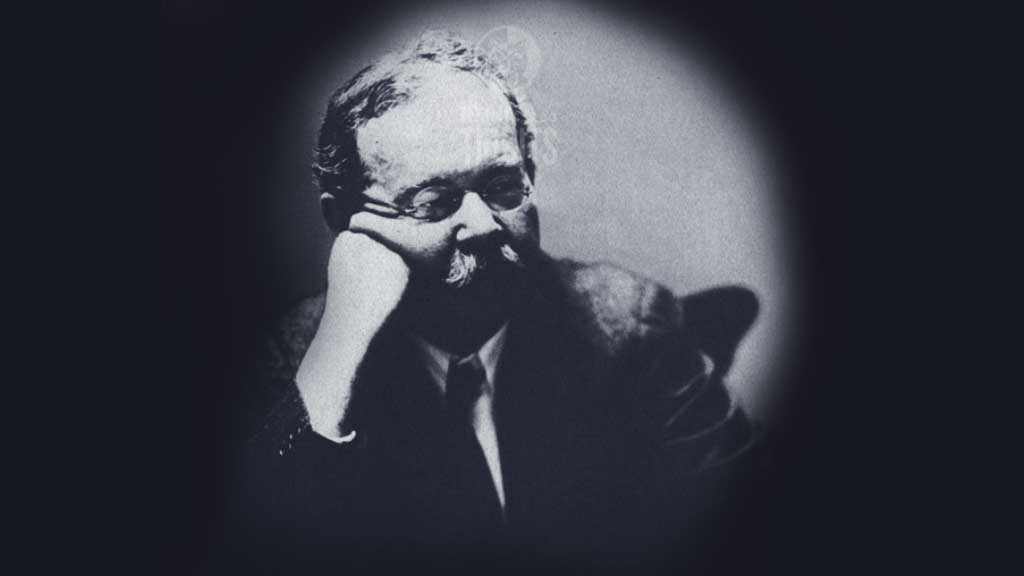Rejected knowledge is the precise equivalent of religious heresy in today’s secular scientific culture, the field of rejected knowledge consists of all those beliefs, ideas, and systems of thought about nature, history, and the universe that have been condemned by accepted scientific authorities. While many of the elements of today’s rejected-knowledge scene date back centuries, or even millennia, a hard and fast distinction between accepted ideas and rejected ones did not begin to take shape until the second half of the nineteenth century, when scientists won the struggle with Christian religious authorities over the age of the earth and the origins of humanity.
A central figure in the emergence of rejected knowledge was a Dutch-American author and researcher into anomalous phenomena, Charles Hoy Fort (1874–1932). He coined the word ‘teleportation’, inspired the term ‘Bermuda Triangle’, and popularised UFO’s. Fort’s books sold well and remain in print. Today, the terms “Fortean” and “Forteana” are used to characterise various anomalous phenomena.
Fort made it his life’s work to collect facts that refused to fit accepted scientific theories. Combing through stacks of scientific journals in the reading rooms of the New York Public Library, he compiled the raw material for his four famous books, The Book of the Damned (1919), New Lands (1923), Lo! (1931), and Wild Talents (1932). Unlike Blavatsky, who used flaws in the scientific consensus to argue for the value of her own system of mystical thought, Fort rejected all attempts at universal explanation, arguing that the universe was too bizarre for any human theory to adequately explain …




